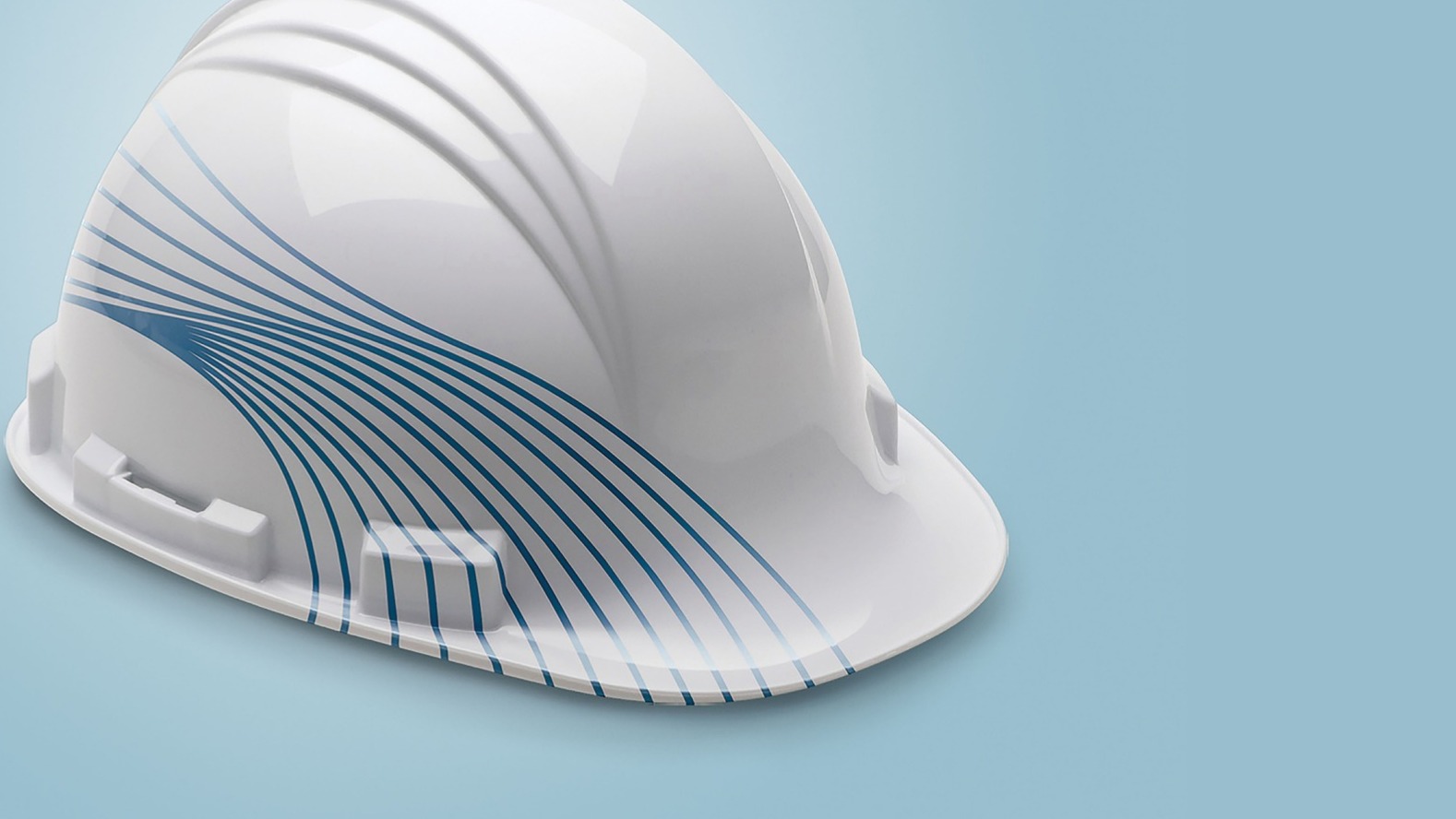
Exploring the Diversity of Insulation Materials
Insulation materials come in various forms and compositions, each offering unique properties and benefits. Understanding the different types of insulation materials available can help you make informed decisions when it comes to improving the energy efficiency and comfort of your home.
Let's delve into the diverse world of insulation materials and explore their characteristics and applications.
Fiberglass Insulation: Fiberglass insulation is a popular and widely used option. It consists of fine glass fibers that are bound together to create insulating batts or rolls. Fiberglass insulation is known for its excellent thermal performance and affordability. It is relatively easy to install and provides effective resistance to heat transfer. Additionally, fiberglass insulation is non-combustible and offers sound-dampening properties, reducing noise transmission within your home. This type of insulation is available in various thicknesses and can be customized to fit different spaces.
Cellulose Insulation: Cellulose insulation is an environmentally friendly choice made from recycled materials, such as newspaper or cardboard. It is treated with fire retardants to enhance its safety. Cellulose insulation is typically blown or sprayed into wall cavities, attics, and other areas. It has excellent thermal insulation properties and is particularly effective at reducing air infiltration due to its ability to conform to irregular shapes and fill gaps. Cellulose insulation also provides sound insulation and has good resistance to pests. It is a suitable option for both new constructions and retrofitting existing homes.
Spray Foam Insulation: Spray foam insulation is a versatile option that expands upon application, creating a seamless and airtight barrier. It is available in two forms: open-cell and closed-cell. Open-cell spray foam is a softer material that provides effective thermal insulation and soundproofing. It is ideal for interior applications. Closed-cell spray foam is denser and offers higher R-value per inch, making it suitable for both interior and exterior applications. Spray foam insulation seals gaps, cracks, and voids, providing exceptional thermal performance and reducing energy loss. It is particularly useful in areas where air leakage is a concern, such as attics, basements, and crawl spaces.
Mineral Wool Insulation: Mineral wool insulation, also known as rock wool or slag wool, is made from natural materials, including volcanic rock or industrial byproducts. It is produced by melting and spinning these materials into fibers, which are then formed into insulation batts or loose-fill. Mineral wool insulation offers excellent fire resistance and sound absorption properties. It provides effective thermal insulation and is resistant to moisture, mold, and pests. Mineral wool insulation is commonly used in attics, walls, and floors.
Reflective Insulation: Reflective insulation utilizes reflective materials, such as aluminum foil, to reflect radiant heat away from the living space. It typically consists of layers of reflective foil laminated to various backing materials. Reflective insulation is commonly used in attics, roofs, and walls, where it helps reduce heat gain during hot summers and heat loss during cold winters. It works by creating a radiant barrier that reflects heat radiation back towards its source, keeping the indoor temperature more stable. Reflective insulation is particularly beneficial in areas with intense sunlight exposure.
Natural Fiber Insulation: Natural fiber insulation is derived from renewable and organic sources, such as cotton, sheep's wool, or hemp. It is often used as an eco-friendly alternative to traditional insulation materials. Natural fiber insulation provides good thermal performance and sound absorption. It is non-toxic, easy to handle, and offers moisture-regulating properties. However, it may have higher installation costs compared to other insulation materials. Natural fiber insulation is commonly used in walls, attics, and floors.
Polystyrene Insulation: Polystyrene insulation is a rigid foam material available in two types: expanded polystyrene (EPS) and extruded polystyrene (XPS). EPS insulation is lightweight, cost-effective, and has good thermal insulation properties. It is commonly used in insulating concrete forms (ICFs), concrete slabs, and perimeter insulation. XPS insulation offers higher compressive strength and moisture resistance, making it suitable for applications such as below-grade insulation, roofing, and wall sheathing. Both types of polystyrene insulation provide long-term thermal performance and can contribute to energy savings.
Affordable Spray Foam Insulation Contractor serving Fargo, ND - Call Fargo Insulation Pros to learn more...
Conclusion:
Selecting the Right Insulation Material for Your Needs: When choosing an insulation material, it's essential to consider factors such as your climate, budget, space requirements, fire resistance, and environmental impact.
Assess the specific needs of your project and consult with insulation professionals to determine the most suitable material for your home. Proper installation is crucial for maximizing the performance of any insulation material, so ensure that you follow the manufacturer's guidelines or hire a professional installer.
By understanding the different types of insulation materials available and their unique properties, you can make well-informed decisions to create an energy-efficient, comfortable, and sustainable home. Remember, proper insulation not only reduces energy consumption and utility costs but also contributes to a greener and more environmentally conscious lifestyle.
Call Fargo Insulation Pros to learn more.